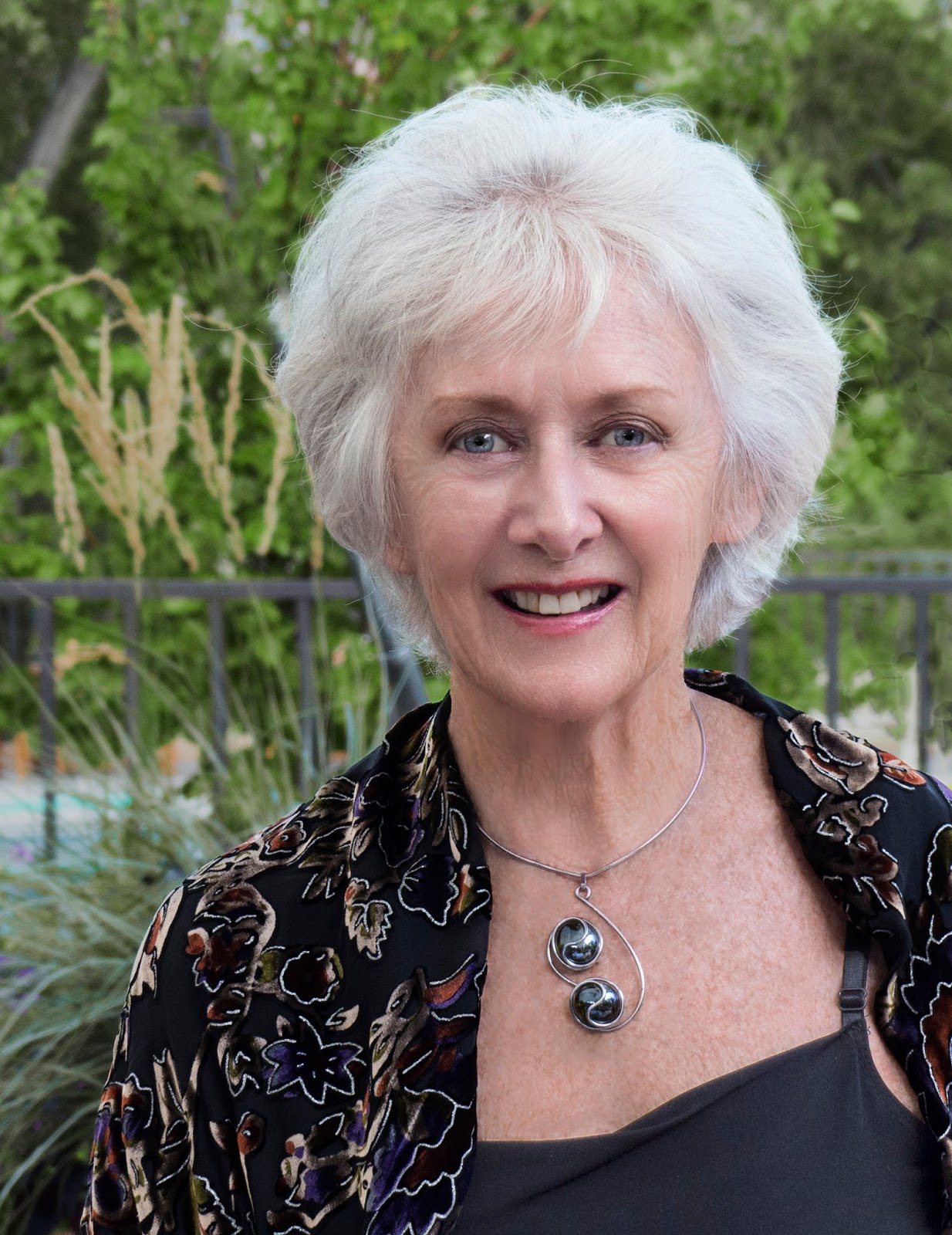REVIEW
David J Brown
Though there were a few initial joking references from the platform about the Winter Olympics in Seoul, it was the wide range of music to be performed at the February Classical Crossroads “The Interludes” recital – from Germany, Poland, Russia, Bohemia, France, and finally their native Korea – that was the focus of attention, delivered by a group of splendidly gifted young performers who we must hope will become familiar to South Bay chamber music aficionados.
These were the pianists So-Mang Jeagal (top left) and Beth Nam (below left), soprano Jungwon Choi (below right), and ‘cellist Kyung Eun Choi (top right), and to begin, the first and last played a pair of works for ‘cello and piano by the closely contemporary (born within a few months of each other in 1810) but otherwise highly contrasted early Romantic masters, Robert Schumann and Frederic Chopin. Similarly, the former’s Adagio and Allegro Op.70 and the latter’s Introduction and Polonaise Brillante in C major Op.3 – while having comparable durations and overall structure – are very different in style, instrumental writing, and overall effect.
The two parts of the Schumann, a work of his late maturity dating from 1849, are virtually equal in duration, so that they could easily be heard as the latter two movements of a ‘cello sonata, with a lyrical slow movement (that constantly reminds one of how fine a song-composer he was) followed by a concise rondo finale. In both sections, the two instruments are very much equals in projecting the musical discourse and, a slight initial frailty in ‘cello intonation aside, Mr. Jeagal and Ms. Choi gave the piece a warm and loving performance.
I did wonder whether they felt more thoroughly at home in the tightly-enwrapped beauties of Schumann’s maturity than with the florid ebullience of Chopin’s youthful Op.3 (he was only 19 when he wrote what he is said to have described to a friend as “nothing more than a brilliant drawing-room piece suitable for the ladies”). There’s a twinkling, thrown-off insouciance and sense of fantasy in his high-stepping Alla Polacca (just as a much a rondo as the Schumann, really, though its “Introduction” is much less of a separate and substantial item than its counterpart in the other work) that just eluded these performers, wonderfully fleet though Mr. Jeagal’s playing of Chopin’s teeming runs was.
 |
| A rusalka (water-nymph), by Ivan Bilibin (1934). |
Ms. Nam was then joined by her fellow player for two four-hands-one-keyboard reductions of orchestral showpieces. Their performance of the “Sacrificial Dance of the Chosen One” from Stravinsky’s The Rite of Spring was almost good enough to make me wish I was hearing the whole work rather than just its final section, but it was Ravel’s La Valse that really sent the wattage soaring. Surprisingly, perhaps, given that unlike the Stravinsky this arrangement was not the work of its composer (if I’m reading aright the Google search-result), it really convinced as a viable version of Ravel’s poème chorégraphique, with quite as much choreography in the coordination and collision-avoidance of Ms. Nam’s and Mr. Jeagal’s four hands sweeping up and down virtually the full length of the keyboard as in Ravel’s retrospective waltz-phantasmagoria of the doomed pre-WW1 culture of Vienna.
Of course, after this brought the Saturday afternoon First Lutheran audience cheeringly to its feet, there had to be an encore, with all four returning to perform “Arirang,” a Korean folk song that is often (thank you, Jim Eninger and Wikipedia!) considered the unofficial national anthem of Korea.
---ooo---
“The Interludes”: First Lutheran Church, Torrance, 3.00pm, Saturday, February 17, 2018.
Photos: The performers: Courtesy Classical Crossroads Inc; Rusalka: Wikimedia Commons.


























